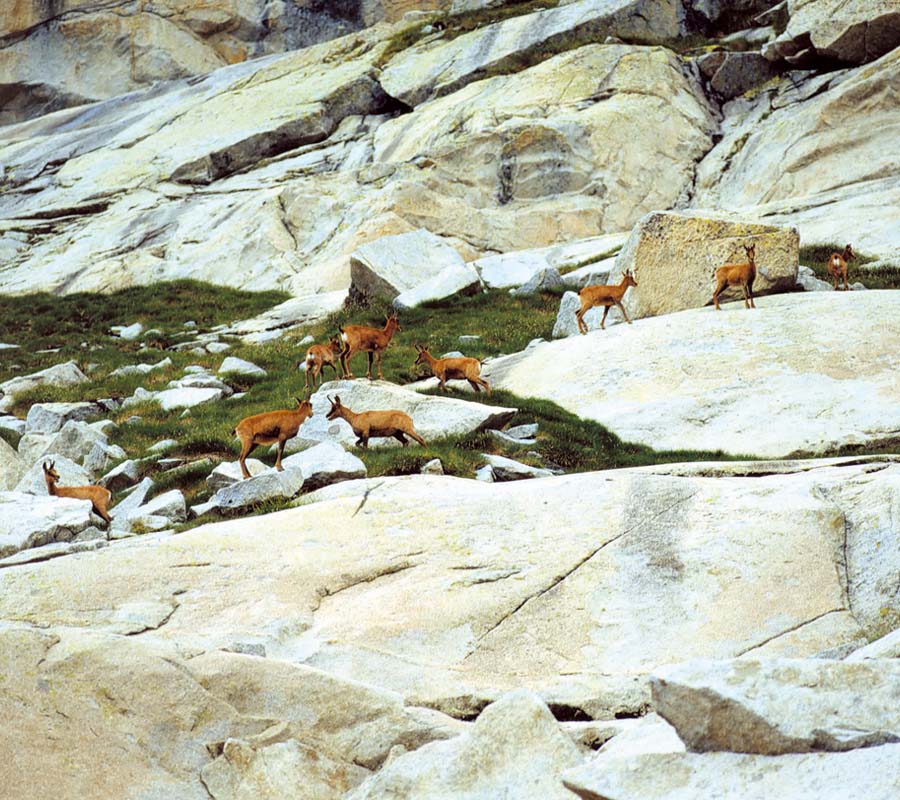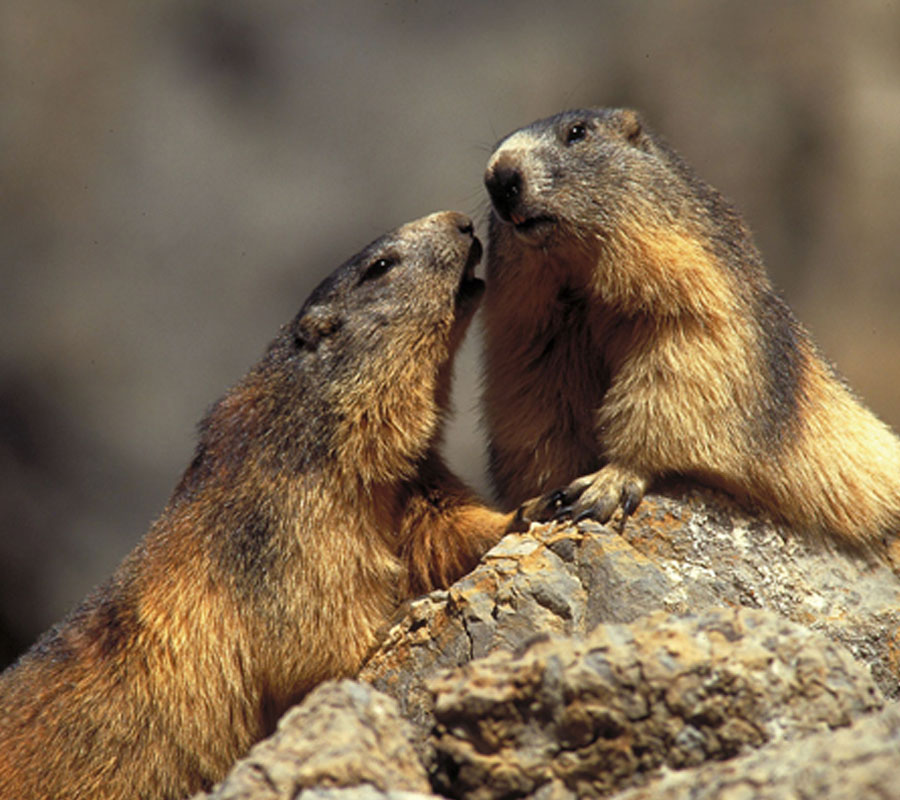In theory, and not meaning to discourage you, it is very difficult to see wild animals; and even more so if you want to see mammals or other iconic species. Regardless, it’s worth a try, and maybe you will succeed!
What are both very accessible and interesting are the myriad of insects that live all around us. For example, in the rivers there are different kinds of bioindicator bugs, that is, insects that tell us whether the water is clean or not. Dragonfly larvae, which are very aggressive by the way, are even capable of hunting tiddlers. There are insects that make themselves a little house, like a little case where they hide inside when they see you; those are Trichoptera and are also bioindicators of clean water. On some of your walks you may come across a group of people dressed in green with big binoculars and cameras, and who stop at a particular point and look at the ground. Well, it’s quite likely that that’s where you will see a butterfly. Our Region is considered to be of particular interest for enthusiasts of these species, and if you manage to catch a photo of an Apollo, swallowtail or a Spanish moon moth, that would be a real trophy.
Getting to see clumps of frog-spawn is not difficult; or even toad eggs which, curiously, resemble a rosary bead stretched out along the river. Watch out though, as there are also snakes and vipers in the mountains. They have a bad reputation and everyone will warn you about them and tell you that there are a lot of them. But the truth is that it is not easy to run into one, and if you do, stop and look at it, if it has seen you it will head off. More common are salamanders and newts, which are endemic to the Pyrenees, that is, they live only in this area. Salamanders are yellow and black and live in pools, rapids and wetlands; newts live in cold-water mountain streams and are brown, and so are not easy to spot. They are also harmless, which makes them easy to catch, but that is exactly what they don’t like.
As for mammals, some are really very difficult to see, and if you do it’s usually by accident. Otters, however, are a familiar sight; they live along the River Gállego, and come out at night. They can be identified by their droppings, or pellets as wecall them here, because they smell of fish. Marmots are easy to see and hear because when they alert other marmots, they whistle like a bird. They live in stony mountainside meadows at 1,500 metres altitude or above. If you get too close, as soon as they see you, they will run back into their burrow. But if you move away a bit, they will come out again after a while. So take out your sandwich, sit down for a bite and see if more come out. The species disappeared from the Pyrenees during the Quaternary due to a rise in temperatures. Recently it was introduced into the French side of this area from the Alps, and from there it hopped over to the Spanish side.It is not unusual to see foxes around here either (they camp close to marmot burrows), or golden eagles and bearded vultures. And wild boar are a common sight all over the Region; you will often see them at night if you take a walk or are driving on a quiet road.
Pyrenean mountain goats, or ibex, are closer genetically to antelope than to goats. They are the king of the cliffs; they climb and descend easily, defying the laws of gravity. In the summer they head for the highest peaks, and in recent years their numbers have increased considerably. In the winter they stay on lower ground, moving the snow in search of grasses and dry twigs to feed on. A good place to see them is just over the border at El Portalet. After the car park on the right-hand side, approx. 500 metres lower down, if you look out over the slopes on the left, there is nearly always one or two there!
Deer are more common in the west of the Region. The best place is the Acumuer Valley at dawn or sunset; and if it’s autumn during the rut, even better. And finally the rare bear, classified as an endangered species, they visit the higher regions of Alto Gállego, mainly in the spring when they cover long distances. They are difficult to spot, but if you meet one…

